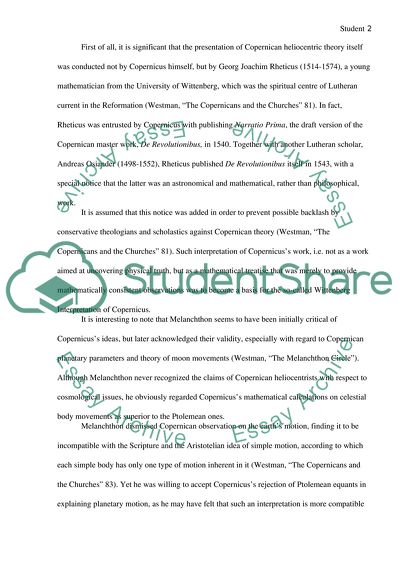Cite this document
(Interpretation of Copernicus in the 16th Century Research Paper - 1, n.d.)
Interpretation of Copernicus in the 16th Century Research Paper - 1. Retrieved from https://studentshare.org/history/1752662-interpretation-of-compernicus-in-the-16th-century
Interpretation of Copernicus in the 16th Century Research Paper - 1. Retrieved from https://studentshare.org/history/1752662-interpretation-of-compernicus-in-the-16th-century
(Interpretation of Copernicus in the 16th Century Research Paper - 1)
Interpretation of Copernicus in the 16th Century Research Paper - 1. https://studentshare.org/history/1752662-interpretation-of-compernicus-in-the-16th-century.
Interpretation of Copernicus in the 16th Century Research Paper - 1. https://studentshare.org/history/1752662-interpretation-of-compernicus-in-the-16th-century.
“Interpretation of Copernicus in the 16th Century Research Paper - 1”, n.d. https://studentshare.org/history/1752662-interpretation-of-compernicus-in-the-16th-century.


